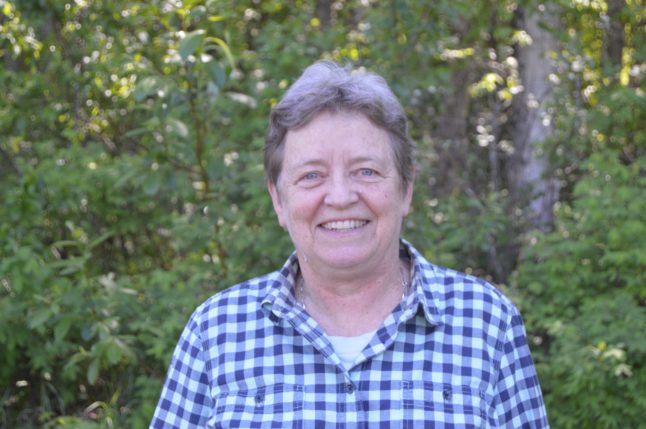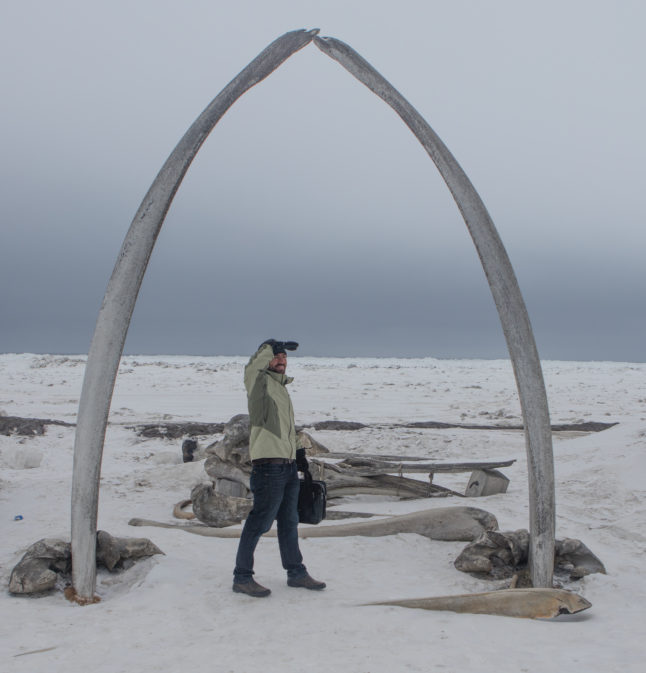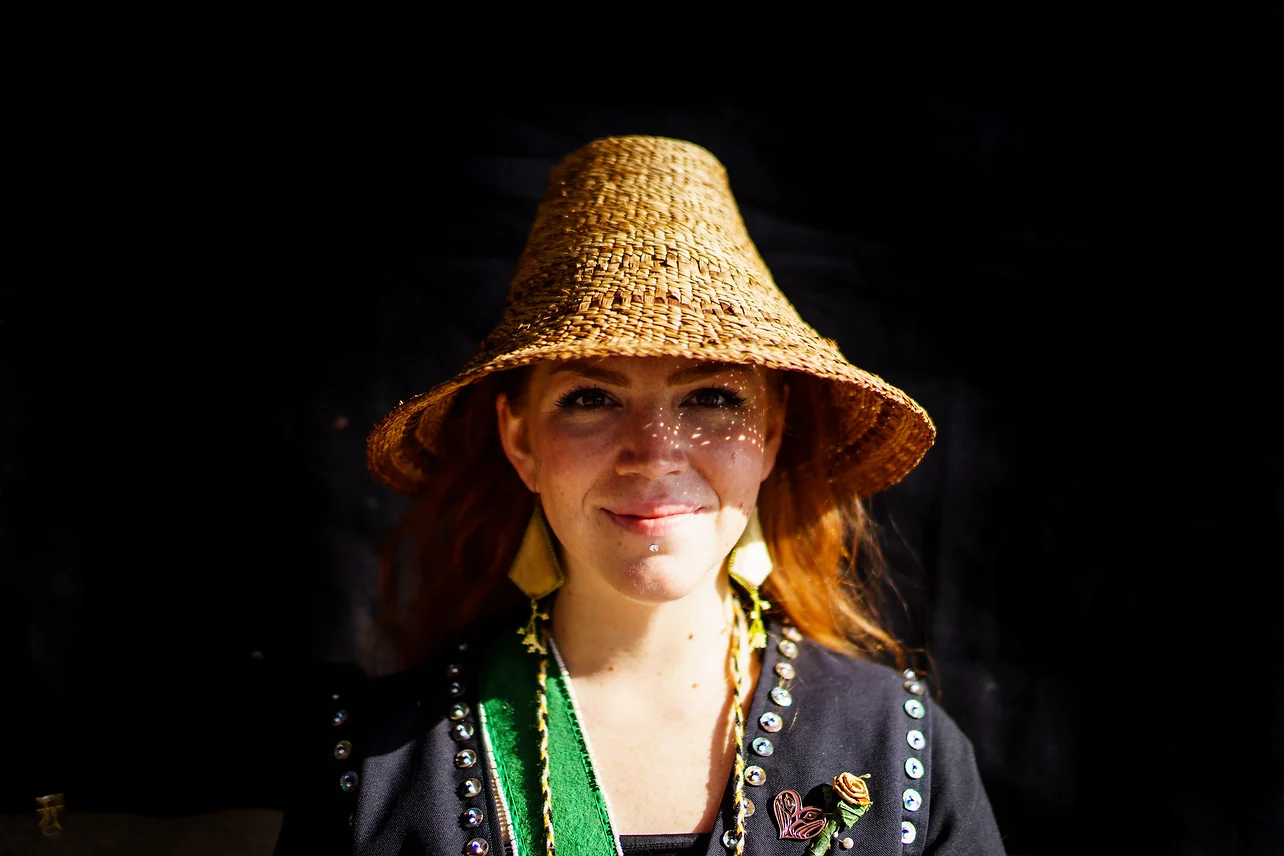President Jimmy Carter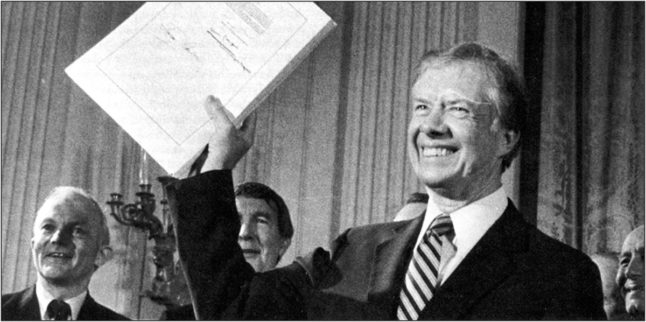
Honorary Chair
In recognition of his support for the Alaska conservation movement through signing the Alaska National Interest Lands Conservation Act (ANILCA) into law, President Jimmy Carter is the Honorary Chair of Alaska Conservation Foundation’s Board of Trustees.
Representing the single greatest piece of land conservation legislation in the history of the nation, ANILCA protected over 100 million acres of land in Alaska, creating such natural treasures as the Kenai Fjords National Park, Tetlin National Wildlife Refuge, Gates of the Arctic National Park, 26 Wild and Scenic Rivers, Wrangell St. Elias National Park, Yukon Flats National Wildlife Refuge, White Mountains National Recreation Area, Bering Land Bridge National Preserve, and Lake Clark National Park. Since its passage, Alaskans and people throughout the nation have come to understand and appreciate ANILCA’s exceptional contributions to biodiversity, to the cultural integrity of Alaska Natives, to Alaska’s economy, and to Alaska’s quality of life. For this, we thank President Jimmy Carter.
Rosa Meehan
Chair

Rosa grew up in the suburbs of Los Angeles knowing that was not her place in the world. A life-long animal lover and an appreciator of open spaces, she moved north first to UC Santa Cruz for undergraduate studies then the University of Alaska in Fairbanks for graduate work studying owls. Life in the north provided endless adventures traveling around Alaska initially as a student, then with the US Fish and Wildlife Service, and a brief period at UC Boulder where she completed a Ph.D. It was while evaluating impacts of oil and gas development for the Service that Rosa refined her interest in ecology and understanding and mitigating development impacts. Throughout her studies and career, she continued her interest in and support of wildlife and wildland conservation. Interest and support for environmental monitoring continued with her involvement in the Circumpolar Biodiversity Monitoring Program where she led the marine mammal group’s contribution to the State of the Arctic report to the Arctic Council.
Rosa’s career with the Service focused on conservation principles related to evaluating development scenarios both on land and in the marine environment. She has a long history of working on oil and gas issues beginning with the initial development in Prudhoe Bay through reviewing potential lease sales across the North Slope and offshore. She also worked with Indigenous people throughout Alaska in the Federal Subsistence program and in marine mammal management. A highlight was the successful development and passage of the US-Russia Polar Bear treaty for the cooperative management of the Chukchi Polar Bear population. shared between the two countries. The multi-year process success was due in large part to effective partnerships with Alaska Natives and their Russian counterparts with support from all levels in the Federal government.
Over the years, Rosa has worked with many groups to advocate conservation, most recently with the Chugach State Park Advisory Board. Her commitment to Alaska and Arctic issues is deep and reflects a life-long passion for wildlife and wildlands. Her family history in Alaska began with her grandfather’s uncles who worked on Yukon River Steamboats and helped identify (and profit from) the gold strike near Fairbanks in the early 1900s. Her grandfather joined his uncles in mining ventures and a townsite near Pedro Dome is named for them. Her father served in the Airforce as a flight physician during the Korean war. While stationed in Fairbanks, he organized and flew medical supplies and conducted clinics throughout the State. He retained a lifelong love of Alaska and enjoyed annual visits. Rosa’s commitment to conservation and the Arctic reflects at least in part her family’s interest and involvement in Alaska.
Anne Donaghy
National Vice-Chair

Anne Thomas Donaghy is the daughter of conservationist, pilot, and former Lt. Governor Lowell Thomas Jr. and author, philanthropist, and inspirational leader Tay Thomas. She first saw Alaska in 1958, from the back seat of her father’s Cessna 180 as her parents spent the summer flying around what wasn’t yet the 49th state. Her family moved up in 1960, and Anne spent her formative years in Anchorage, much of that time on family trips in her father’s airplanes, and since the planes were always on skis, skiing on the Eagle Glacier was often the highlight of her summer.
Growing up with the perspective of seeing the magnificence of nature from the air gave her a deep desire to do what she could to protect it. She was raised with her father’s example of commitment to protecting the environment. Joining the Alaska Conservation Foundation Board in 2018, she said that “When I read the statements of Alaska Conservation Foundation’s mission, vision, and values, I realized that I was brought up with them.”
Anne graduated from Dartmouth College with a BA in both English and Religion and later graduated from Colby-Sawyer College with a BSN (Nursing) degree. She has lived for several decades in New Hampshire where she and her husband raised their daughters and now enjoy time with grandchildren as well. She taught high school English, spent some years in nursing, and then owned and operated a small flight school and aircraft maintenance company. More recently she received her MFA in Writing at the Rainier Writing Workshop at Pacific Lutheran University and writes full time. She published Raven, Tell A Story in 2018 and is currently at work on a biography of her mother. She also started her company So Long Productions, which is the executive producer of the documentary of her grandfather, Voice of America: Lowell Thomas and the Rise of Broadcast News, and also of her father’s re-mastered 1949 Tibet film Out Of This World. A life highlight for Anne was interviewing His Holiness the Dalai Lama for these films and hearing him talk about her grandfather and father.
While she still lives in New Hampshire, Anne returns regularly to Alaska. She also loves traveling and seeing as much of the world as possible. So far South Georgia Island is her idea of heaven, but she still hopes to also travel to Greenland and Iceland, and return to the island of Iona off Scotland. Her favorite places always remind her of Alaska, and she swears that she smelled Alaska when she was on the southernmost tip of Patagonia.
Nan Elliot
Secretary
By profession, Nan is a journalist, writer, and filmmaker. By nature, she is an adventurer. Like many Alaskans, she has worn “a lot of different hats.”
Nan has worked as a reporter for daily newspapers, staff to the governor of Alaska, writer for the National Park Service, field researcher/writer for a Presidential Commission under President Jimmy Carter, and assistant professor for a scientific research branch of the University of Alaska. She has been down in the coal mines of Appalachia; directed film crews onboard Japanese fishing boats in the Bering Sea; lectured on cruise ships sailing the Inside Passage of Alaska; mushed dogs down the Iditarod Trail; traveled to the Himalayas to research the story of a legendary Alaska climber who died beneath the summit of Mt. Everest; and produced award-winning television and radio programs on the history, fisheries, and science of Alaska. For two winters, Nan was a filmmaker/photographer for one of Alaska’s beloved characters, Joe Redington, Sr., on his “Iditarod Challenge Expeditions,” traveling 1,200 miles by dog team across Alaska along the Iditarod Trail.
She first came to Alaska in 1973 for a summer job to teach cold-water swimming in Yupik Eskimo villages along the Kuskokwim and Yukon Rivers—and she fell in love with the people and the country. Nan is a graduate of Williams College and the University of California, Berkeley.
Books include: “I’d Swap My Old Skidoo For You”— A Portrait of Characters on the Last Frontier (author); ALASKA: National Geographic Guide to America’s Outdoors (co-author); Alaska Best Places (editor/co-author); and The American Coal Miner (co-author). Films include: ALASKA: A History in Five Parts (producer/co-writer) for public/educational television; So the Salmon Shall Always Return, Bouillabaisse (The History and Culture of Fish), and Fishin’ Impossible (with Agent Shrimp Louie )—for public/educational television; and “Is it Angel Day Today?” (a fundraising film for the Victoria, B.C., Horseback Riders for the Disabled).
Nancy Bird
Nancy Bird has over 40 years’ experience in Alaska working with nonprofit organizations, state and local governments and a diversity of community positions from museum curator to newspaper editor. Recently, she managed the Legislative Information Office in Cordova, coordinating communications between legislators and constituents. She was employed with the Prince William Sound Science Center in Cordova from 1989 to 2011, serving as the CEO and President from 2003-2011. At PWSSC, she supervised a staff of researchers, managed budgets, developed strategic plans with the Board of Directors and implemented fundraising strategies. She has served the City of Cordova in a variety of elected positions including being on the city council for two terms and as Acting Mayor. She has been committed to protecting the ecosystems of Prince William Sound through work with the Oil Spill Recovery Institute, North Pacific Research Board and as the Cordova representative to the Prince William Sound Regional Citizens Advisory Council. She enjoys birding, history, politics and international travels.
Paul Reichardt
Treasurer
Paul grew up in the St. Louis, Missouri area. His interest in and commitment to conservation issues had their genesis in childhood experiences in the hills and streams of the Ozarks. Life took him to college in North Carolina, graduate school in Wisconsin, and the beginning of a career as an academic chemist in Ohio.
Paul and his wife, Terry, first visited Alaska in 1971. A year later a dream came true, and they moved to Fairbanks where Paul began a career as a chemistry professor and administrator at the University of Alaska Fairbanks. He retired in 2007, and he and his wife still live in the Goldstream Valley outside of Fairbanks.
Paul’s connection to the Alaskan environment has been two-fold. As a researcher, over a period of about twenty years he and a team of colleagues explored and described the role that plant-produced defensive chemicals play in the environments of Alaska and other northern lands. As an activist, he has had a four-decade involvement with the Northern Alaska Environmental Center, including service on its board and as an interim executive director.
For Paul, Alaska hasn’t just been a place to live, it has been a way of life – one he wants to pass on to future generations. His involvement with Alaska Conservation Foundation is one way in which he can work to make that happen.
Frankie Barker
Alaska Vice Chair
Frankie Barker followed an early passion for mountains and skiing from her east coast home to the Rocky Mountains and eventually to Alaska. She graduated from Cornell University with a BS in Human Development and immediately went west to Jackson, Wyoming for a summer camp counselor job where she loved exploring and teaching people about the outdoors. After graduate studies in environmental education at the University of Wyoming, she became the first Field Director for the Keystone Science School in Colorado. A summer job as a tour driver in Denali National Park hooked her on Alaska where she has lived since 1985. As Executive Director of Alaska Natural History Association, she directed publication projects and educational bookstores for over 30 parks, refuges, and forests in Alaska. Throughout the years, she has explored many of the public lands in Alaska including climbing Denali, kayaking in Glacier Bay, skiing in Hatcher Pass, and hiking the Chilkoot Trail.
More recently she worked as the Environmental Planner for the Matanuska-Susitna Borough, headquartered in Palmer, Alaska. Her responsibilities included managing water quality citizen science activities, supervising the borough’s air quality program, staffing the Fish and Wildlife Commission, and serving on the steering committee for the Mat-Su Salmon Habitat Partnership. She developed several first environmental plans for the Mat-Su including the Matanuska River Management Plan, Stormwater Management Plan, and a Mat-Su Wetlands Plan.
She has been active on many conservation and community nonprofit boards including the Anchorage Committee for Resource Education, Alaska Center for the Environment, Alaska Women’s Environmental Network, Alaska Public Employees Association, and the Chickaloon Community Council. She has been recognized by the Nature Conservancy (2012) and the Great Land Trust (2014) for her many years of conservation work and by the Alaska chapter of the American Planning Association (2015) with their Environmental Planning award.
William (Billy) Wailand
Billy Wailand grew up in New York City, spending weekends in the Berkshires. Billy knew early in his young life that he was passionate about the environment. He attended Andover Boarding School where he chaired their Environmental Committee and worked for the Sierra Club and Natural Resources Defense Council while at College.
After graduating from Harvard University with a B.A. in Environmental Science & Public Policy, he received his J.D. from New York University School of Law. He moved to Alaska in 2009 to Clerk for the Honorable Dana Fabe, Alaska Supreme Court. For the next few years, he was an attorney and then Partner with the firm Feldman Orlansky & Sanders LLP. While there, Billy successfully represented Alaska Conservation Foundation before the Alaska Supreme Court in the Bristol Bay litigation, fighting off Pebble Partnership’s efforts to obtain Alaska Conservation Foundations donor list. Billy is a senior executive at GCI Communication Corp. He lives in Anchorage, Alaska with his wife and two young daughters, spending as much time camping and in the outdoors as he can.
He is excited to continue to be part of Alaska Conservation Foundation and its legacy of important environmental work. He has a particular interest in the impacts of climate change in Alaska and working with affected communities to build resiliency and develop sustainable solutions.
Marina Anderson
Marina Anderson was raised with a rich Tlingit-Haida heritage. As she says, she was raised to be as wild as a black bear, as observant as a deer, as industrious as an eagle, and as philosophical as a raven. Everything outside the family front door was a relative; all were connected. She was raised by her family and community to be a steward of the land. But she grew up seeing the declining health and wholeness of the land, the water, the animals, the people– everything is thrown out of balance by irresponsible mining, and overharvesting of resources from an introduced worldview of taking rather than serving. She became an artist and a community activist, joining the Alaska Native Sisterhood, serving as an advisory council member of the Central Council of Tlingit and Haida Indian Tribes of Alaska, and serving on the board of the Southeast Indigenous Transboundary Commission. Currently, Marina is the Administrator of the Organized Village of Kasaan, an Advisory Board member and Founder of the Southeast Alaska Tribal Youth Commission, and a Steering Committee member of the Sustainable Southeast Partnership.
Deborah Niedermeyer
Deborah Niedermeyer is the oldest child of a large family from Portland, Oregon. Growing up, she was enthralled by the Alaskan Indigenous art collection at the Portland Art Museum. Drawn largely by her desire to experience the landscape in which such thrilling artworks were produced and to meet the people who created them, Deborah moved to Alaska shortly after her graduation from Harvard in 1976. Deborah settled in Fairbanks where she quickly became involved in Alaska’s environmental, tribal sovereignty, and cultural and linguistic preservation movements. She served on the board of what was then known as the Fairbanks Environmental Center. In 1979 she edited “This Is the Way We Make Our Baskets” a bilingual Tanana Athabaskan/English book by Dorothy and Mathew Titus; the book won first prize in the Alaska State Arts Council 1982 “Collaborative Works of Art” competition. In 1986, Deborah left Alaska to earn a JD degree from New York University School of Law, where she published the article “‘The True Interests of a White Population’: The Alaska Indian Country Decisions of Judge Mathew P. Deady”. The article won the 1989 Montcrieffe Award for outstanding scholarship in the area of “Race, Values and the American Legal System”. Deborah returned to Alaska after law school, where she rejoined the board of the Northern Alaska Environmental Center. As one of the attorneys in the 1999 Alaska Supreme Court case John v. Baker, Deborah helped to establish Alaska’s recognition of tribal courts.
Despite their love of Alaska and long float trips on interior Alaska rivers, family responsibilities in the Lower 48 pulled Deborah, her husband, and their son south to Seattle in 1999. There Deborah focused her law practice on political asylum and consumer protection. In 2015, Deborah and a colleague won the Washington State Bar Association’s highest annual award, the “Award of Merit”, for their innovative use of consumer protection law to assist vulnerable non-citizens harmed by illegal, nonlawyer “immigration consultants”. Deborah remains involved in immigration law but has refocused her main attention toward helping address the many threats to Alaska’s healthy environment and traditional lifeways.
Shawn Watts
Shawn has dedicated his entire legal career to Indian law. He joined The Christensen Fund in 2021 after having most recently served as director of the Tribal Law & Government Center, Tribal Judicial Support Clinic, and Mediation Clinic at Kansas University. Prior to KU Law, Shawn taught at Columbia Law School in New York City where he was the associate director of the Mediation Program and also taught a Native American Peacemaking Clinic at both Columbia Law School and Yale Law School. As a law professor, Shawn specialized in helping tribal courts to integrate traditional and customary tribal justice practices. In addition to his work with Indian tribes and tribal organizations, Shawn is also a lead trainer and formal partner for the United Nations Institute of Training and Research where he trains and advises world diplomats on the issues facing the world’s Indigenous Peoples. He also provides the U.N. training and curriculum on conflict resolution, negotiation, and peace dialogue.
A citizen of the Cherokee Nation of Oklahoma, Shawn is also a district court judge for the Prairie Band Potawatomi Nation. Shawn lives in Kansas City, Missouri.
We are grateful for current and past trustees for their continued dedication to conservation in Alaska, for a full list of Alaska Conservation Foundations emeritus trustees please click here.
